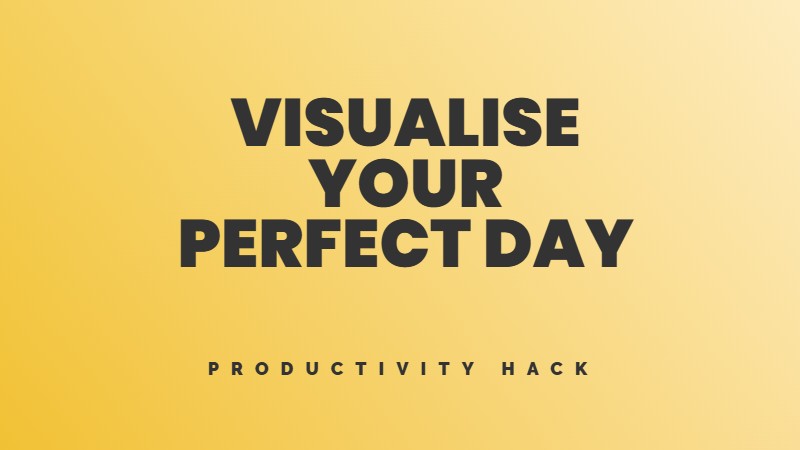In the digital age, much of our work has become intangible. We spend our days staring at screens, clicking buttons, and watching numbers climb. It’s easy to feel disconnected from the real impact and meaning of what we do.
That’s where the power of “slow productivity” comes in. By engaging deeply with our work – to savour the process, not just the outcome – we can infuse even the smallest tasks with a sense of craft and care.
Think of the difference between a mass-produced sweater and one hand-knitted with love. Or the difference between a generic fast-food burger and a meal carefully prepared with fresh ingredients. There’s richness and integrity in things made slowly, with attention to detail.
The same applies to all kinds of work, from writing a report to planning an event to coding an app. When we approach our tasks with focus, curiosity, and dedication, we elevate them from mere items on a checklist to expressions of our unique skills and passions.
Slow productivity is about recognizing that how we work is just as important as what we produce. It’s about finding joy and meaning in the journey, not just the destination.
It’s a reminder that true fulfilment comes not from doing more but from doing things with love.
What is slow productivity?
Author Cal Newport coined the term slow productivity. It involves doing fewer things, working at a more natural pace, and obsessing over the quality of one’s output. It rejects the idea that being busy equals being productive and instead involves carving out time for deep, focused work.
How to apply slow productivity
Real-world examples
Embracing slow productivity doesn’t mean becoming a slowpoke. It’s about working smarter, not faster, and giving your most important work the time and attention it deserves. Try integrating these principles little by little. Start with blocking off an hour for focused work, then gradually expand. You may find that by slowing down, you actually achieve more.
Slow productivity reminds us that more isn’t always better and that sometimes, the best way to speed up is to slow down.




Deja tu opinión sobre esto